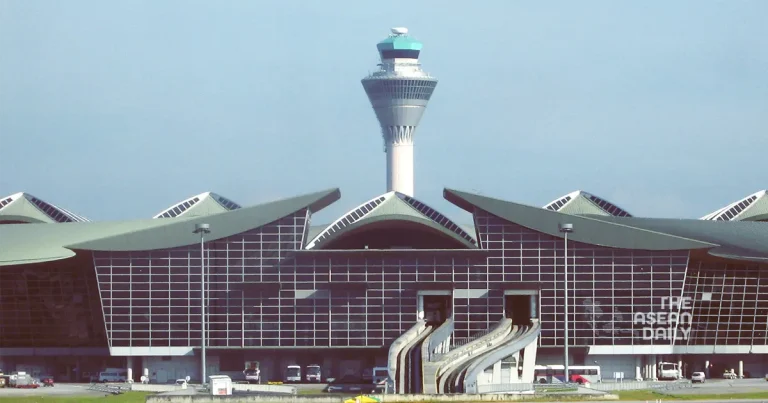11-1-2025 (SEPANG) Malaysia is set to broaden its digital immigration initiative by extending the MyBorderPass QR code system to departing ASEAN travellers, marking a significant advancement in regional travel facilitation.
Home Minister Datuk Seri Saifuddin Nasution Ismail announced the expansion during an inspection of the MyBorderPass QR Code Gate operations at Kuala Lumpur International Airport’s Terminal 1. The initiative comes as Malaysia assumes its chairmanship of ASEAN, with the nation preparing to host approximately 400 high-level meetings throughout the year.
The innovative system, which currently serves Malaysian citizens for both entry and exit procedures at KLIA Terminals 1 and 2, has demonstrated remarkable efficiency. “The QR code clearance process takes merely four seconds, a substantial improvement from the conventional autogate system’s 15 to 25 seconds,” the Home Minister revealed.
The government has invested RM19.2 million in the installation of 40 QR code autogate units, equally distributed between both terminals. Since its launch on January 1, the system has processed 55,000 travellers, with 400,000 Malaysian citizens having downloaded the MyBorderPass application.
Whilst ASEAN visitors will continue to use traditional entry procedures, the new QR code system will facilitate their departure process. The Minister emphasised that despite the digital advancement, travellers must still carry their physical passports, though manual stamping will be eliminated in favour of electronic documentation.
The Home Ministry has outlined plans to expand this digital infrastructure to other major international gateways, including airports in Penang, Kota Kinabalu, Kuching, and Langkawi. This expansion aligns with Malaysia’s commitment to streamlining immigration processes during its ASEAN chairmanship year.
“As ASEAN chair, we bear the responsibility of ensuring smooth operations at all major entry points,” Saifuddin Nasution stated, highlighting the coordinated efforts between Wisma Putra and the Home Ministry in managing the upcoming international meetings ranging from officer-level discussions to heads of state summits.




